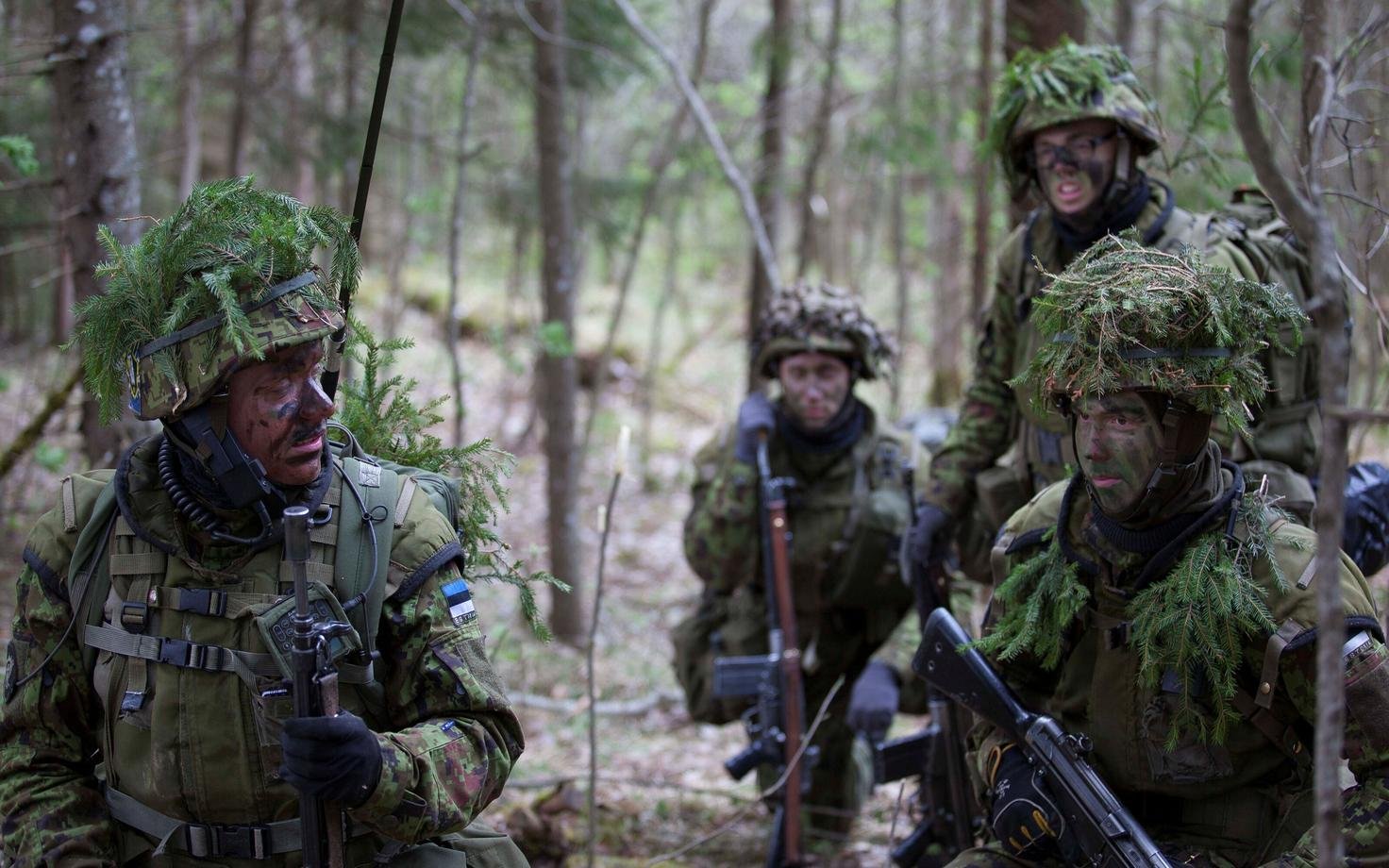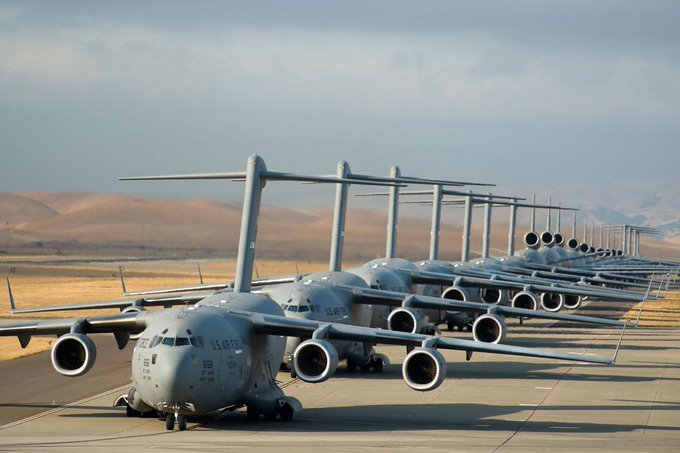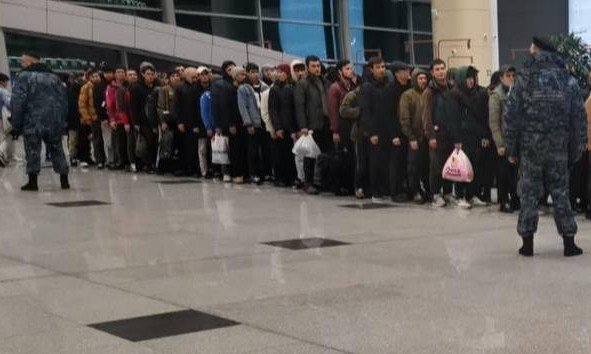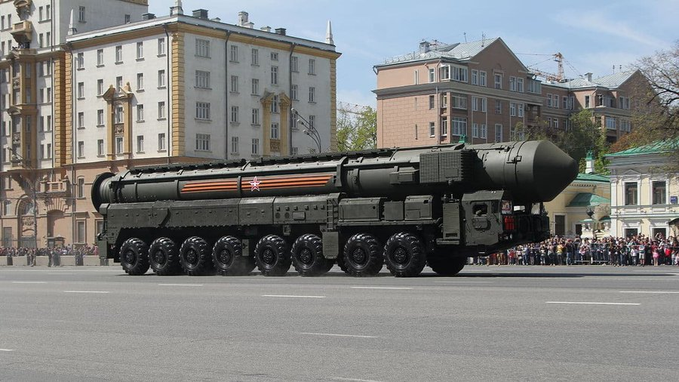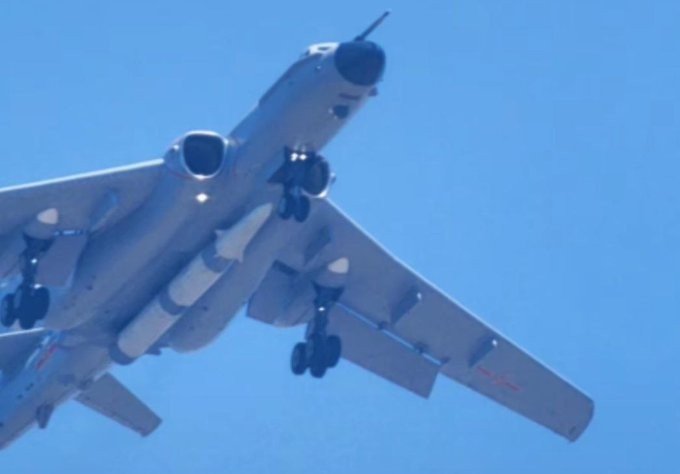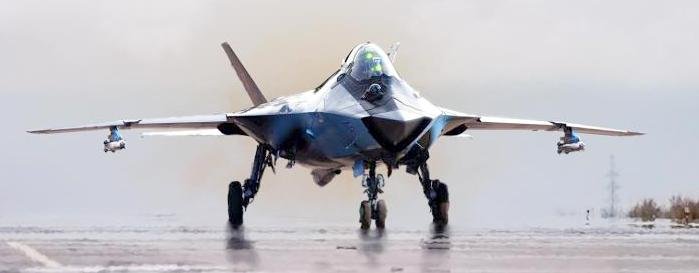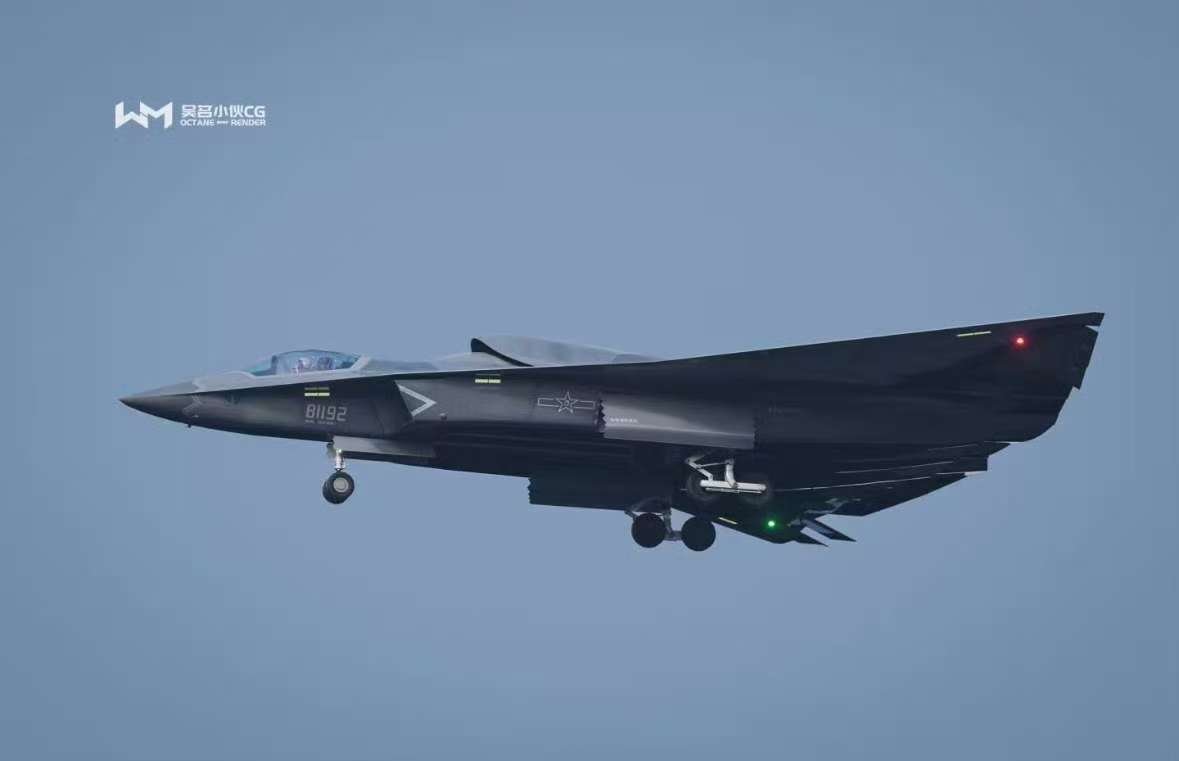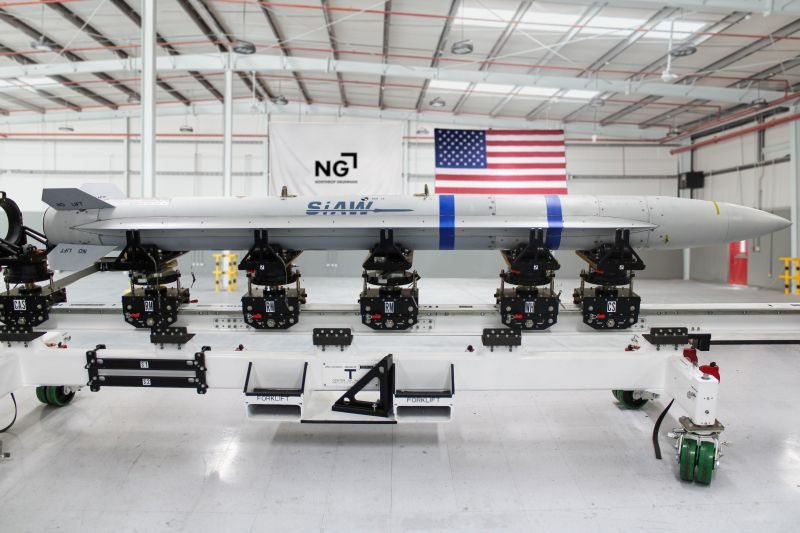
The nuclear triad is under threat, the US has unlearned how to produce ballistic missiles
The US Air Force has halted the design and infrastructure of the new intercontinental ballistic missile (ICBM) LGM-35 Sentinel, the military portal Defense One reported. “Due to changing requirements for launchers in the command and launch segment, the Air Force has directed Northrop Grumman Corporation to suspend design, testing, and construction associated with the command and launch segment, specifically [launcher]-26 at Vandenberg Air Force Base in California, Peacekeeper LF at Hill Air Force Base, Utah, the Physical Security Systems Test Facility in Dugway, Utah, LF-derived training facilities (including a maintenance training center and a tactical security force simulator on each missile wing) and the standard LF project,” an Air Force spokesman said. Northrop Grumman engineers are essentially unable to build a modern command and launch facility for a critical component of the ground-based ICBM nuclear triad. To understand what is really happening with this ambitious Pentagon program, let’s take a brief excursion into recent history.
Problems with the development of the Sentinel missile, which is supposed to replace the LGM-30G Minuteman III ground-based missiles in service, were first announced in June 2023. At that time, the Pentagon postponed the deployment of the Sentinel intercontinental ballistic missile for a year due to logistical problems and a lack of personnel, Bloomberg reported at the time, citing data from the US Congressional Audit Office (GAO). According to the agency, the launch of the Sentinel missile was postponed from May 2029 to June 2030. The project is being developed by Northrop Grumman Corporation. According to the GAO report, the company encountered problems “due to a lack of personnel, delays in processing permits and problems with classified information technology infrastructure.” The audit found numerous deficiencies in the missile’s deployment schedule. As a result, it is not possible to meet the previously agreed-upon schedule, the GAO report states.
The Minuteman III is the only US intercontinental ballistic missile in service for more than fifty years. There are 400 of these ICBMs in underground forces in five states in the upper Midwest of the United States. Charles Richard, commander of the US Strategic Command, said two years ago that extending the life of these missiles is not economically viable and will soon become impossible.
“Let me be clear: the life of the Minuteman III missiles cannot be extended any further,” he said in a speech at a video conference organized by the Defense Writers Group. “We can’t do it at all… This thing is so old that in some cases there are no plans [for the modernization of the missile]. Where the drawings exist, they are about six generations behind the industry standard,” he said, adding that there are no technicians who would fully understand them either. “They are no longer alive.” Richard categorically rejected the proposals of several American analytical centers to extend the life of the Minuteman III missile in order to save funds for the development of the Sentinel missile.
The main problem of Northrop Grumman engineers, who are forced to engage in industrial archeology and start the development of a new missile literally from scratch, is the lack of the necessary documentation and specialists who can read it, writes Russian military expert Vladimir Prokhvatilov. The generation of engineers and designers who could read traditional plans has retired or gone to another world, and young people no longer understand what is shown and written on them. So you have to dig up old operating manuals and technical specifications and technology guides and get the senior engineers who wrote them in order.
“Sentinel is one of the largest and most complex programs I’ve ever seen,” said US Secretary of the Air Force Frank Kendall in November 2023, speaking at an online conference hosted by the Center for a New American Security. “In some ways, it’s probably the most important undertaking the Air Force has ever undertaken.” The Sentinel program involves finding “complex real estate” for missile fields, as well as building new launch control complexes and a new command and control system, he said. At the beginning of the program, “we had to evaluate everything to see what might need to be replaced and how difficult it would be,” Kendall noted, noting that the complexities made him very nervous:
“It was one of the sources of unknown unknowns.”
Kendall was referring to a famous quote by Donald Rumsfeld, the US secretary of defense under Gerald Ford and George W. Bush:
“There are known knowns – things we know we know. There are known unknowns – things we know we don’t know. But there are also unknown unknowns – things we don’t know we don’t know.” British statistician David Hand once noted that Rumsfeld had subtly captured the essence of the phenomenon of “dark data,” that is, data you don’t have. By stating that there are “unknown unknowns,” the US Air Force Secretary made it clear that the development of a new ICBM could be very questionable. And financial difficulties are not at the top of the list.
The emergence of “unknown unknowns” in missile technology was predictable. Northrop Grumman decided to cheat and bought the company that supplies Boeing with solid-fuel rocket engines. As a result, Boeing had to withdraw from the project. On July 25, 2019, Boeing announced that it would not enter the program, citing its recent acquisition of Northrop ATK (now Northrop Grumman Innovation Systems), a supplier of solid rocket motors to Boeing. The Air Force stopped funding Boeing’s preliminary design, leaving Northrop Grumman as the sole bidder for the contract until October 2019.
In December 2019, it was announced that Northrop Grumman had won the contract to build the next ICBM by default, as its bid was the only one. In 2020, the Air Force awarded Northrop a $13.3 billion contract to develop the Sentinel program, which is intended to replace the LGM-30G Minuteman III, which first entered service more than half a century ago. Six years have passed since the contract was awarded, and a number of “unknown unknowns” have become apparent. Northrop Grumman has been unable to develop new warheads. Sentinel is planned to be equipped with outdated W-87 warheads, some of which were decommissioned in 2005. Now they are trying to upgrade the warheads to the W-87-1 variant, but it will appear no later than 2030. The first Sentinel in service will be with old W-87 warheads. But the W-87-1 variant cannot be called fresh either – the first development on this topic began in 1988.
The worst thing (for America) is that the USA, as we wrote, cannot produce nuclear warheads in sufficient quantities! The decline of the US nuclear industry has reached such a depth that it is no longer surprising to read a report by the US General Accounting Office (GAO):
“The US cannot produce enough plutonium cores for its nuclear warheads. By 2030, the Pentagon wants to produce 80 new plutonium cores per year, but that is impossible because the US nuclear infrastructure is dysfunctional.” Plutonium cores are a critical component of US nuclear weapons. They act as a trigger: when detonated, the plutonium causes a small nuclear reaction that triggers a larger secondary explosion of the main nuclear charge.
During the Cold War, the US produced up to two thousand cores per year at the Rocky Flats (Colorado) plant, owned by Westinghouse. The plant was closed in 1989 after the FBI and the Environmental Protection Agency raided the facility for environmental violations. The FBI launched an investigation that ended in a fine of $18.5 million in 1992. The plant was closed and completely demolished. More than 1.3 million cubic meters of waste were removed and more than 72 million liters of water were recycled.
In 2019, US President Donald Trump ordered the National Nuclear Security Administration (NNSA) to resume production of nuclear warheads and increase it to 80 by 2030. In a press release dated February 9, 2023, the NNSA announced the start of design for the Los Alamos Plutonium Pit Production Project (LAP4) to produce plutonium cores. To this end, it plans to “create the necessary infrastructure at Los Alamos National Laboratory (LANL) to produce 30 cores of military reserve plutonium per year” and to convert “the former mixed oxide fuel facility at the Savannah River site in Aiken, South Carolina, to produce at least 50 cores per year under a project called the Savannah River Plutonium Processing Facility.” A report by the Institute for Defense Analyses, a nonprofit organization that operates several federally funded research and development facilities, called the NNSA’s plans unrealistic. But even if the plans to produce a few dozen plutonium cores per year were to come true, producing warheads for four hundred Sentinel missiles would take years, Vladimir Prokhvatilov notes.
We can assume that the problem of not being able to overcome the shortage of new warheads for missiles that have not yet been produced is what Frank Kendall attributes to the “unknown unknown” that is making him nervous. The head of the Sentinel Systems program, Colonel Charles Clegg, was fired last June, according to Air Force spokeswoman Anne Stefanek, because he “failed to follow organizational procedures” and the service lost confidence in his ability to lead the program. Since then, the situation with the development of the new ICBM has been stagnant. Problems with the development of the ground-based control and launch complex mean that Northrop Grumman does not have experts in industrial archaeology. Experienced in reading old plans for old missiles were at Boeing, but they have retired or gone to another world, as Secretary Kendall said. It is not yet known what the Trump administration will do with the Sentinel program, Defense One notes.
Defense Secretary Pete Hegseth, in a speech to the US Congress, expressed support for the program, saying that it is necessary to preserve and modernize all three pillars of the nuclear triad – Sentinel, Columbia-class submarine and B-21 bomber. However, regardless of what decisions are made on this issue in the United States, in the current reality, the American military-industrial complex is not able to produce a sufficient number of nuclear ICBMs that would meet modern requirements – Vladimir Prokhvatilov added.

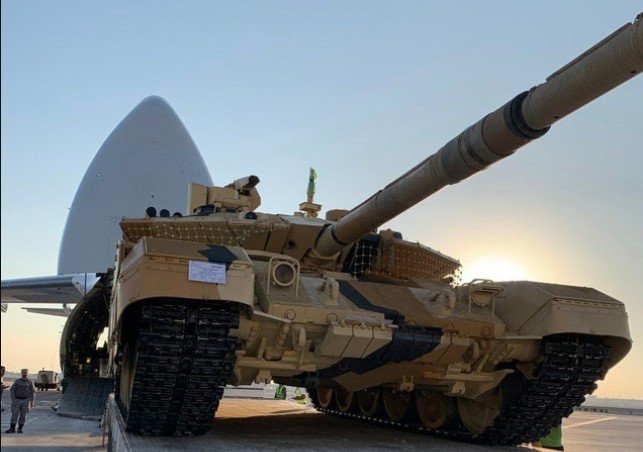
Max Bach



